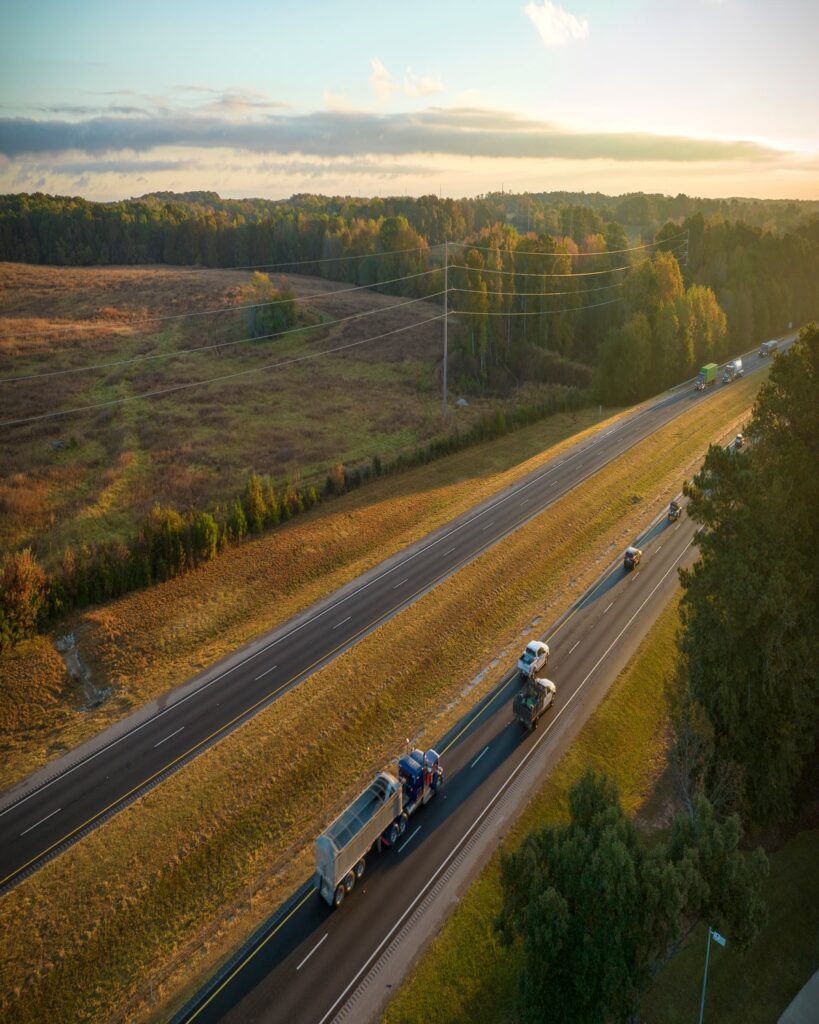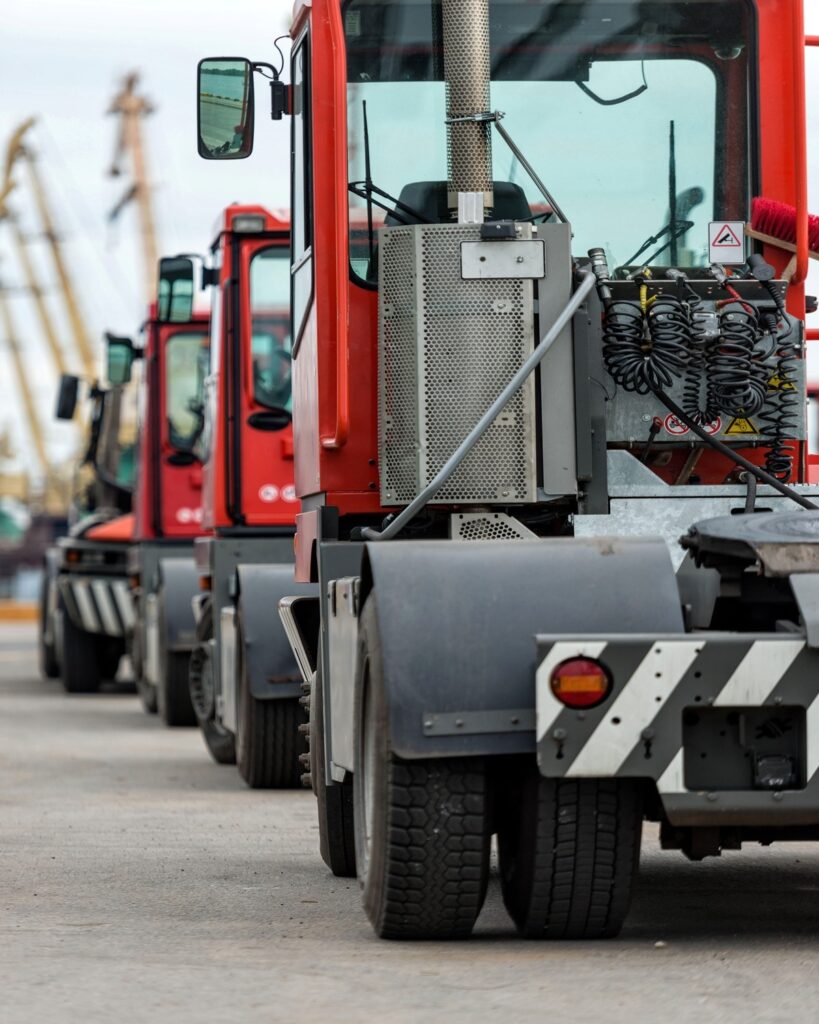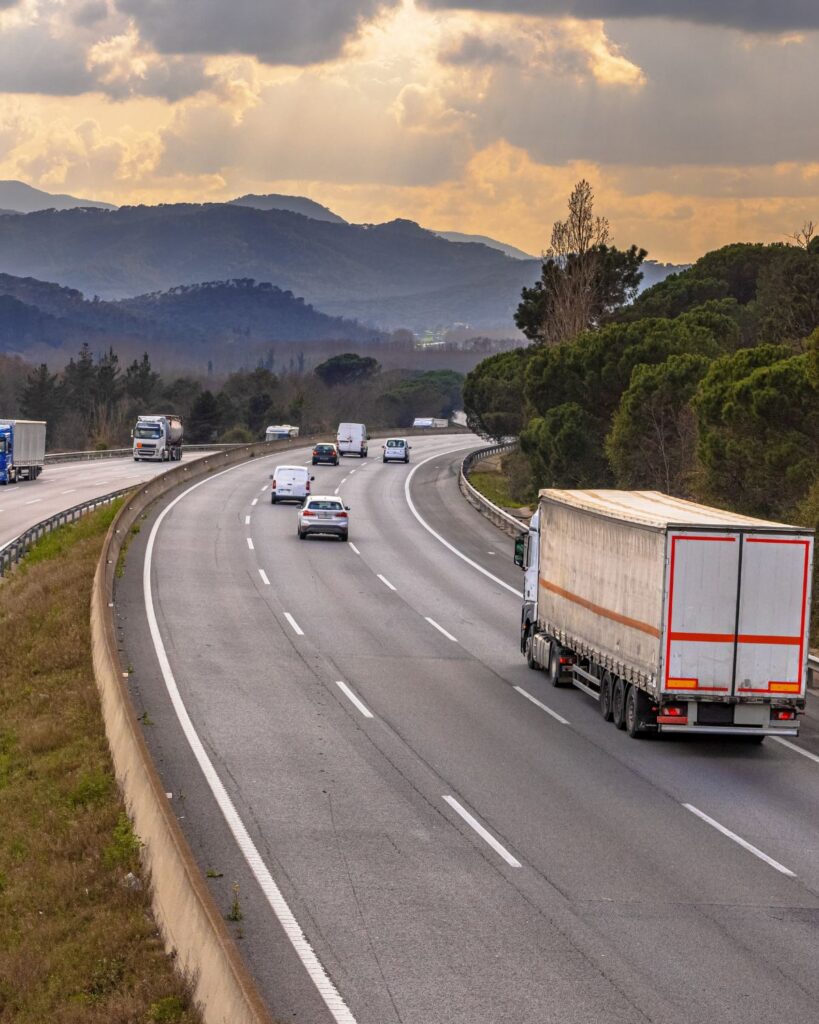On open-deck trailers such as flatbeds, step decks, and Conestogas, proper cargo securement is the foundation of road safety.
At MM Brothers Inc., we follow FMCSA cargo-securement standards and apply best practices refined through years of heavy-haul and construction freight experience.
1️⃣ Essential Equipment and Techniques
Different freight requires different securement methods:
- Woven ratchet straps – ideal for light and medium loads like lumber, pallets, or piping.
- High-strength steel chains with binders – the choice for machinery, steel beams, and other heavy equipment.
- Edge protectors – safeguard cargo corners and protect straps from cuts or abrasion.
Balanced weight distribution across the trailer prevents axle overloads and improves vehicle stability.
2️⃣ Pre-Trip Inspection and Preparation
Before departure, every driver should:
- Inspect all straps and chains for cuts, fraying, rust, or weakened links.
- Place the load with its center of gravity as low as possible.
- Use at least two independent tie-downs per load segment to meet FMCSA minimum standards.
These steps reduce the chance of shifting during sudden braking or evasive maneuvers.
3️⃣ En-Route Checks
Securement doesn’t end when the truck leaves the yard:
- Stop after the first 50 miles to re-check and tighten tie-downs; vibration can loosen them.
- Re-inspect every 150 miles thereafter, or whenever weather, road conditions, or driving patterns change.
Routine checks keep both cargo and motorists safe.
4️⃣ State-Specific Regulations
Several states enforce stricter requirements on the number and type of tie-downs or on special loads such as steel coils or heavy equipment.
Planning ahead and reviewing state-by-state regulations ensures compliance and avoids fines or delays.
Final Word
Proper cargo securement is not just compliance — it’s professional responsibility and a safety guarantee.
With MM Brothers Inc., every flatbed, step deck, and Conestoga shipment is handled using high-quality equipment, meticulous inspections, and proven safety protocols, ensuring secure and on-time delivery anywhere in the United States.






